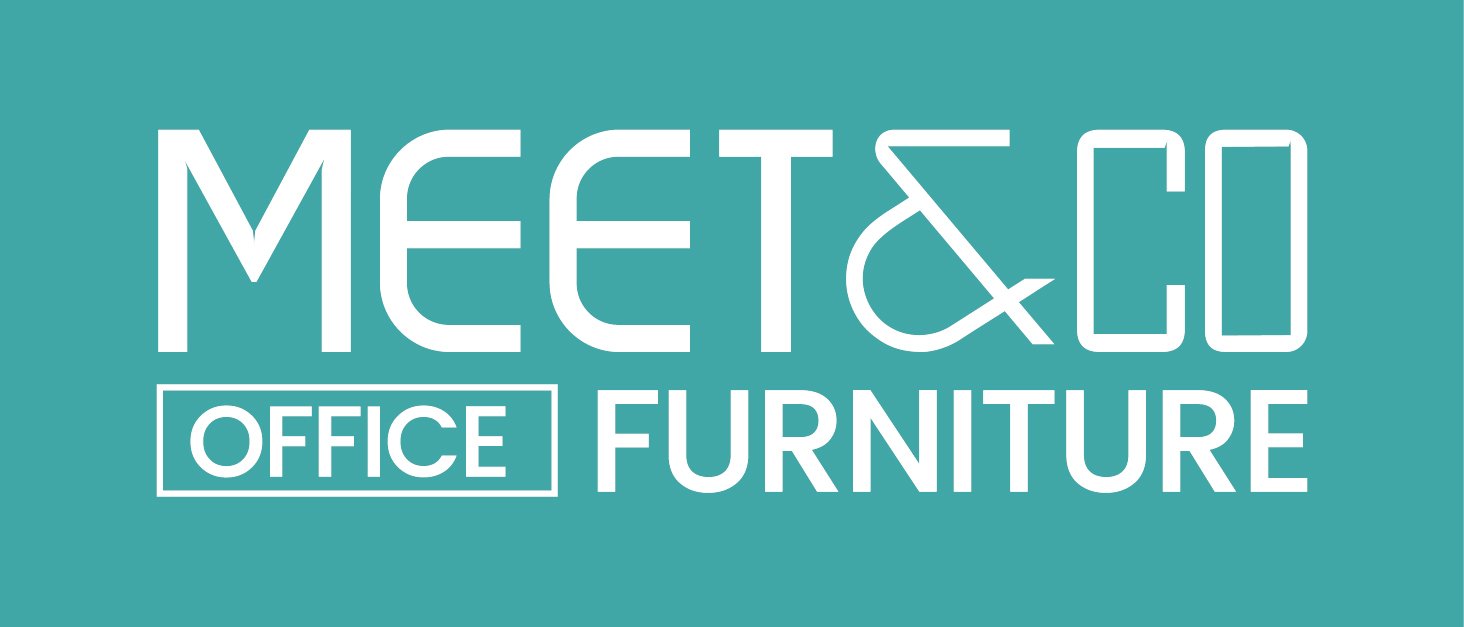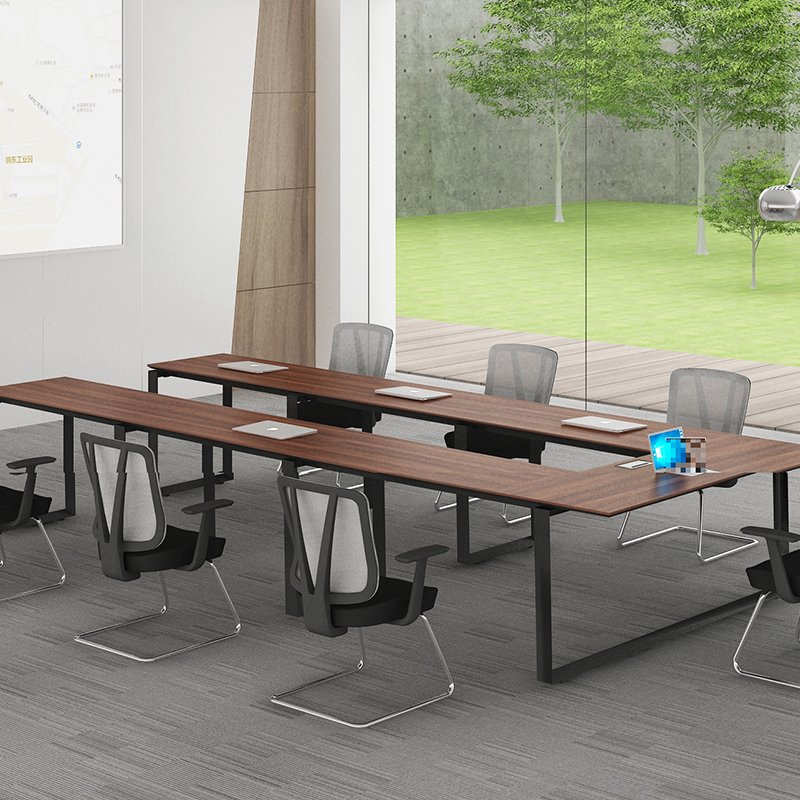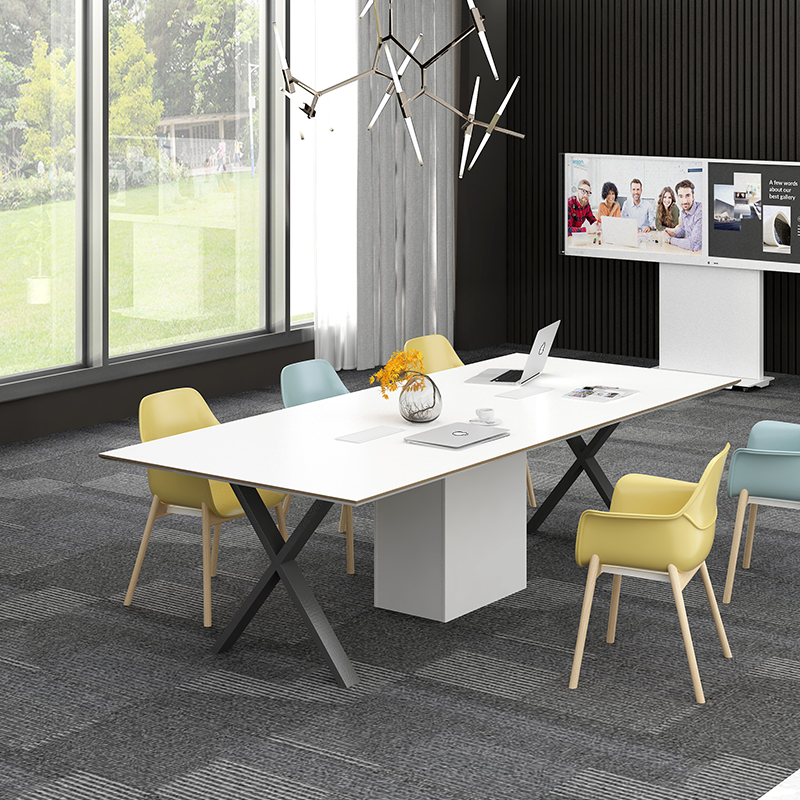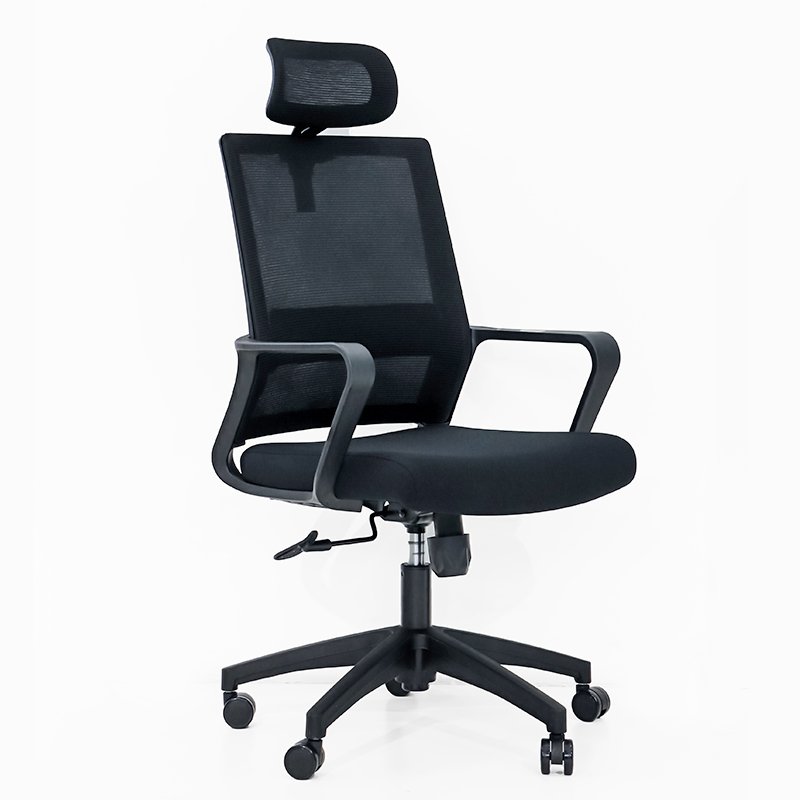Selecting the right conference room table and chairs is an integral part of setting up a productive workspace. Conference rooms are the heart of any office where employees come together to discuss ideas, strategies, and make important decisions. Therefore, the furniture in this space plays a pivotal role in fostering a collaborative environment, boosting efficiency, and ultimately driving business success. The right conference room table and chairs can significantly enhance comfort, facilitate communication, and promote a positive work culture. The impact of these seemingly simple elements extends far beyond aesthetics; they shape the daily experiences of your team and can influence productivity levels significantly.
Assessing Space and Functionality
When planning the layout of your conference room, the first essential aspect to consider is the available space and the functionality of the furniture setup. A conference room that’s too cramped or too sparse can hinder communication and make meetings less effective.
Understanding the dimensions of your conference room is the first step in space planning. Measure the room and observe any architectural features that might influence furniture placement, such as windows, doors, pillars, or built-in equipment. This will provide a clear picture of the usable space and help establish a logical furniture layout that maximizes functionality.
Next, consider the primary function of your conference room. Will it be used for large group meetings, or will its primary purpose be small team collaborations? The function of the room plays a critical role in determining the type of furniture needed. For instance, large meeting rooms may require long rectangular tables to accommodate more individuals, while small rooms may benefit from round tables that encourage equal participation.
Space and functionality are interlinked, and both should be given equal importance. The functionality of the conference room is directly influenced by how the space is utilized. Therefore, strategic space planning can ensure that the chosen furniture enhances the conference room’s functionality, making it a productive environment for all users.
Choosing the Right Size
Choosing the right size of conference room table and chairs is a fundamental aspect of creating an efficient and comfortable work environment. The appropriate size of furniture enhances the overall functionality of the room, allows for easy movement, promotes open communication, and can significantly improve productivity.
The conference room’s size is the first factor to consider when determining the right size of your table and chairs. A large, sprawling table in a small room can make the space feel cramped and restrict movement, while a small table in a large room can make meetings feel impersonal and distant. In either case, the imbalance can hinder effective communication and collaboration.
A common rule of thumb is to leave at least a 48 inches clearance around the conference table. This ensures that employees can comfortably walk around the room and access their seats. Furthermore, consider the number of people that will typically use the room. A conference table should provide at least 30 inches of space per person for optimal comfort.
Another crucial factor to consider is the technology and equipment that the conference room will accommodate. If your meetings often involve the use of laptops, projectors, or other equipment, you will need a larger table to comfortably accommodate these items without making the table feel cluttered.
Selecting the Appropriate Shape
The shape of your conference table can significantly impact the dynamics and effectiveness of your meetings. It can influence visibility, communication, power dynamics, and the overall functionality of the room. The most common shapes for conference tables are rectangular, oval, round, and boat-shaped.
Rectangular tables are the most traditional and common shape for conference rooms. They are suitable for most room sizes and configurations, particularly for long, narrow rooms. Rectangular tables are excellent for presentations as they offer a clear line of sight for everyone in the room.
Oval or racetrack tables, with their rounded ends, offer a softer aesthetic than rectangular tables. They are ideal for fostering a collaborative environment, as the absence of sharp corners makes everyone feel more included and engaged.
Round tables, commonly used for smaller rooms and fewer participants, promote equality and open discussion, as everyone sits an equal distance from the center.
Boat-shaped tables, wider in the middle and narrower at the ends, offer excellent visibility for everyone seated, making them an excellent choice for video conferencing or presentations.
In conclusion, the size and shape of your conference room table and chairs can significantly impact the functionality and effectiveness of your meetings. Therefore, it is crucial to carefully consider these factors before making a purchase. Choose a size that allows for comfortable movement and communication, and a shape that promotes visibility and collaboration. By doing so, you will create a conference room that encourages productivity, comfort, and engagement.
Materials Matter
The choice of materials for conference room tables and chairs has a significant influence on their durability, aesthetics, and maintenance requirements. Taking the time to understand the characteristics of each material can be extremely beneficial in making an informed purchase decision.
Wood is a timelessly popular choice for conference tables due to its natural beauty and distinct texture. Hardwoods such as oak, cherry, and walnut are particularly durable and resilient to wear and tear. However, wooden furniture requires regular maintenance to keep it looking its best, including dusting and occasional polishing.
Veneer is another option, offering the appearance of solid wood but at a lower cost. Veneer tables are made by gluing a thin layer of natural wood onto a core of less expensive wood. This allows for a wide range of styles and finishes, but veneer can be susceptible to chipping and requires careful handling.
Laminate is a cost-effective and highly durable material comprised of multiple layers of paper infused with resin, covered with a decorative layer, and sealed with a protective coating. It’s resistant to scratches, stains, and heat, but its aesthetic appeal might not be as high as wood or veneer.
Metal and glass are modern and sophisticated options. Metal, such as steel and aluminum, is sturdy and requires little maintenance. Glass adds a sleek, contemporary feel to a conference room, but it’s essential to choose tempered glass for safety reasons.
Ergonomics
Ergonomics plays a crucial role in the design of office furniture, including conference room tables and chairs. Ergonomic design aims to fit the workplace to the worker, promoting comfort, efficiency, and health.
Comfortable, ergonomic seating can significantly impact the productivity of meetings. Chairs should have adjustable heights to accommodate various body types and should provide adequate lumbar support to prevent back pain. The use of cushioning in chairs can contribute to comfort, but the material should be breathable to prevent overheating.
The height and design of the table are also critical ergonomic considerations. The table should be at a height that allows for comfortable writing and computer use, with enough legroom for all users. Round or oval tables are often the best choice for promoting comfortable interaction, as they ensure that everyone can see and communicate with each other clearly.
Moreover, the layout of the room should permit easy movement around the furniture, allowing for a range of activities and interactions. Overcrowding the room with oversized furniture can limit functionality and cause discomfort.
In conclusion, the material and ergonomic design of conference room furniture can significantly influence the atmosphere, productivity, and satisfaction within the workspace. Therefore, these factors deserve careful consideration when making purchase decisions.
Working within a Budget
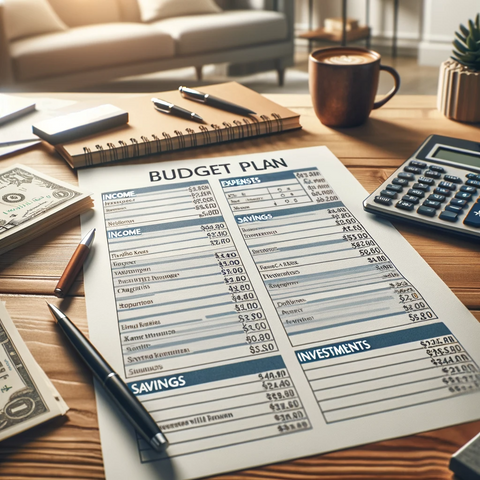
When it comes to purchasing conference room furniture, one of the cardinal aspects to consider is budgeting. It is a common misconception that high-quality office furniture always comes with a hefty price tag. However, with strategic planning and careful consideration, it’s possible to strike a balance between quality and cost without compromising on comfort.
The first step is to determine a feasible budget that mirrors the organization’s financial capacity and the anticipated return on investment. The budget should be flexible enough to accommodate high-quality pieces that promise longevity and durability. A long-term perspective during budget planning can save on costs associated with frequent repairs and replacements.
When working within a budget, it’s important to prioritize needs over wants. Identify the essential elements that your conference room must-have. For instance, invest in a quality conference table and ergonomic chairs before considering supplementary items like a media console or credenza.
Another practical approach to maximize your budget is to consider buying from direct manufacturers like Meet&Co Office Furniture. Direct manufacturers often offer better prices as there are no intermediaries in the sales process. Plus, they provide a wide variety of choices allowing you to select items that best suit your needs and budget.
Moreover, consider the warranty and after-sales service offered by the manufacturer. An extended warranty can be a money-saver in the long run, protecting you from any unexpected costs due to manufacturing defects or functional issues.
Conclusion
Purchasing the right conference room table and chairs is a delicate task that goes beyond mere aesthetics. It requires a calculated approach, taking into consideration factors like space, functionality, size, shape, material, ergonomics, and budget.
The right conference room setup can dramatically impact productivity, collaboration, and the overall satisfaction of employees. It can serve as a strategic tool to facilitate effective communication, promote a healthy work environment, and reflect the organization’s brand image.
As you embark on your search for the perfect conference room furniture, remember that quality, comfort, and functionality should be at the forefront of your decision-making process. Make use of the information and guidelines provided in this article to help you make informed choices that will create a conference room that’s not only visually appealing but also functional and comfortable.
At Meet&Co Office Furniture, we’re committed to helping you find the perfect office solutions that suit your budget without compromising on quality. Our team of experts is always ready to assist you, guiding you every step of the way as you transform your workspace into a conducive, productive environment.
